Main rules
Ergonomics in interior design has features for each room, but some theses are relevant for the entire apartment:
- 50/50... This is exactly what the ratio of furniture to empty space should be: interior items can occupy less than 50%, but in no case more than this figure.
Important! In the nursery, the ratio should be reduced to 30/70, leaving more free space.
- 70 centimeters... Take this distance as a guideline when planning walkways, openings between furniture, etc. In more tight space people feel uncomfortable and unsafe.
Important! To improve ergonomics, the distance between the sides or objects in the rooms / apartments of older people is made wider - 90-100.
- Customized solutions... Use custom-made furniture for homes with non-standard layouts and dimensions. The trick will help you place more functionality while using a smaller area.
- Sockets. Location of power supplies depends on furniture arrangement, their sufficient number guarantees the convenience of performing everyday tasks.
- Lighting... There should be a lot of light, this is also part of ergonomics! The backlight provides comfort and safety.
What is ergonomic furniture?
Ergonomics involves the placement of two types of furniture:
- Normal, but tailored to the size of the residents.
- Special ergonomic, designed in accordance with the physiological needs and structure of the human body.
The first includes kitchen set... The standard worktop height of 86 cm is not suitable for everyone. With the growth of the hostess 150-160, it is better to reduce the height of the working surface to 82 cm from the floor. It will be more convenient for tall people 180-190 to cook 92-94 centimeters on the table.
The same applies to the placement of top cabinets with shelves - the taller the person, the higher they should be installed.
Important! If 2 or more people live in the apartment, the dimensions of the kitchen furniture are chosen according to the one who cooks more often. If the kitchen is used equally by two people with different heights, the headset is made according to the rules of ergonomics for a taller person, and for a short one, the furniture is supplemented with a small footboard. The second option is to order furniture at “average values”.
A growing children's desk - ergonomic furniture. A set of table + chair, with the ability to adjust the height of the seat, table top, angle of inclination of the working surface. Some models are additionally equipped with special footrests to ensure a correct fit.
A second example of ergonomics — mattress... For young children, there are special cocoons that allow babies to take the most comfortable position, reminiscent of being in the womb.
For adults, beds with a convertible base and anatomical mattresses were invented. Together, these two parts allow you to take the most comfortable position for sleeping or resting. Some variations have the functions of relaxation (legs above the level of the heart), anti-snoring (the head is raised by 7 degrees).
Features of ergonomics in the interior of rooms
The creation of an ergonomic space in each individual room has its own characteristics, which must be taken into account.
Living room
The main space of the hall is occupied by a sofa and a TV: the main living room ergonomics rules.
- Height from floor... The seated person's eye level should be соответствовать from vehicle heights from below. To properly install the TV, take a comfortable position on the sofa (the one in which you are going to watch TV in the future) and look at the wall opposite - where the gaze rests, there should be a third line (one part under the line, two above).
- Distance between eyes and screen... Depends on the screen size. The minimum value for 42 "diagonal is 1.6 m, 50" - 1.9 m, 65 "- 2.6 m.
Additional principles of living room ergonomics:
- Coffee table... Flush with the height of sofas, armchairs or 5-7 cm below the seat. Placed half a meter away from upholstered furniture.
- Soft zone... Separate chairs should be removed from each other and from the sofa by 1-3 meters. Less - it will be too crowded, more - during a conversation, those sitting will not hear each other well. The height of the seats is selected individually, the most correct option is when the knees are bent at 90 degrees. Choose armchairs with armrests.
- Comfort apps... It is convenient to put your phone on the side table or put a glass of water. The bench allows you to stretch your legs and relax.
Bedroom
Thinking over ergonomics in bedroom interior design starts with choosing a bed. Mattress size the length is calculated by the formula height + 30 cm, the width is selected individually - the more space you need in a dream, the wider you take the mattress.
Concerning installations, it is more convenient if there are passages on the sides and at the foot, at least 60-70 centimeters wide. IN small rooms it is allowed to move the bed sideways against the wall, but it is better not to use this technique in the rooms of the elderly.
According to the rules of ergonomics, 1 meter should be left from the bed to the dressing table, and 1.2 meters to the chest of drawers or wardrobe with things.
Hallway
Creating an ergonomic hallway is not an easy task. the main problem hallways - small size, storage organization in which it is difficult. Therefore, the first thing get rid of excess: Think about what you don't have to store near the front door?
Moving on to arrangement of furniture: when planning, proceed from the location and door opening.
- Do the doors open to the corridor? Be prepared to leave passages 1.4-1.5 m.
- Does the opening take place in adjacent rooms? 0.9-1 m is enough.
That is: if in a corridor one and a half meters wide, closet takes 70 cm of space - according to the canons of ergonomics, it should be replaced with a narrower chest of drawers up to 0.5 m or an open hanger. It is not necessary to make a wardrobe for storing outerwear already 60 cm - we will talk about this in the "Dressing room and wardrobes" section.
Children's room
The task of the parents is to provide the child with a functional space in which he will feel comfortable playing or doing homework. Important nuances of children's ergonomics:
- The height of the chair and table is selected according to the height of the child - see the table below.
- The height of the shelves in the closet also depends on the height of the baby - a maximum of 1.3 m at 5-6 years, 1.7 m at 9-11.
- The minimum size of a bed for children 3+ is 70 * 160 centimeters.
- The passages are increased to 80-90 cm to eliminate the likelihood of blows.
Dressing room and wardrobes
The best way to make the perfect wardrobe is to assemble it for yourself, taking into account personal preferences. To do this, first a list is drawn up of what exactly will be stored in the closet, and then a suitable model is constructed, observing the principles of ergonomics. Key values for ergonomics:
- Depth from wall to door... So that the clothes on the hangers do not wrinkle, and the doors close tightly, the depth of the inner part (to the guides in the compartment) should be at least 50-55 centimeters for ordinary clothes, 60-65 for the top.It is safer to measure the widest clothes hangers, to build on these values.
- Compartment height... Shirts take 110-120 cm, dresses 150-180, outerwear - 160-180, trousers on special hangers ~ 140.
Advice! Storage of things it is better to organize without hangers in drawers - they are more convenient and more spacious than shelves.
Cabinet and workplace
Not every apartment has a separate office for work, but almost all houses have a workplace. The main task when equipping a corner for work is to find a comfortable table + chair.
- Table... Width 60-80, length at least 120, height - 72-80 (depending on height).
- Chair... Choose a model with an adjustable seat height so that all family members can find the most comfortable settings for themselves. For more convenience chair complemented by a footrest - it provides a more anatomical posture while working.
- A computer... Experts who study and create the principles of ergonomics advise moving the screen 45-55 cm away from the eyes, and the keyboard 10-15 cm from the edge of the tabletop.
Advice! For left-handers, the table is placed with the right side to the window, for right-handers - with the left.
Kitchen
Materials on ergonomics of the kitchen Huge Amount: Research includes optimal heights for countertops, dining tables, bar counters, chairs, cabinets, and shelves. In addition, ergonomics includes recommendations for placing equipment, creating working triangle and much more.
Bathroom
Ergonomics of the bathroom starts with choosing the size of plumbing: bath, shower, toilet. In addition to their dimensions, distances should be taken into account - for example, a free zone of ~ 1m2 is left in front of a shower or a bowl, 25-30 cm from the side of the toilet are required to the walls or nearby objects.
Compliance with the principles of ergonomics is not mandatory, but they will help to organize a truly comfortable space for living.

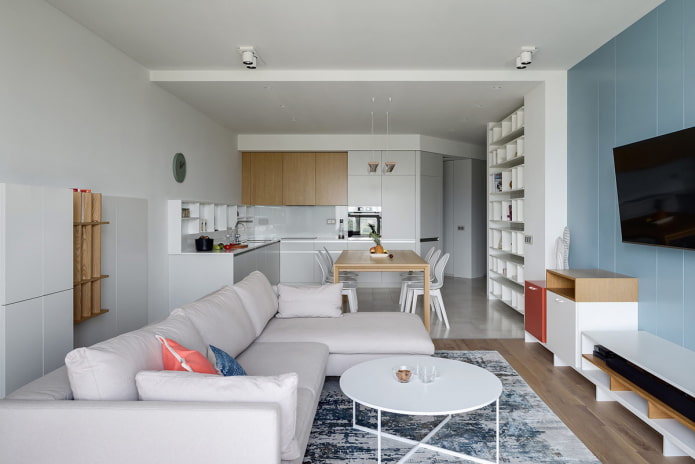
 10 practical tips for arranging a small kitchen in the country
10 practical tips for arranging a small kitchen in the country
 12 simple ideas for a small garden that will make it visually spacious
12 simple ideas for a small garden that will make it visually spacious

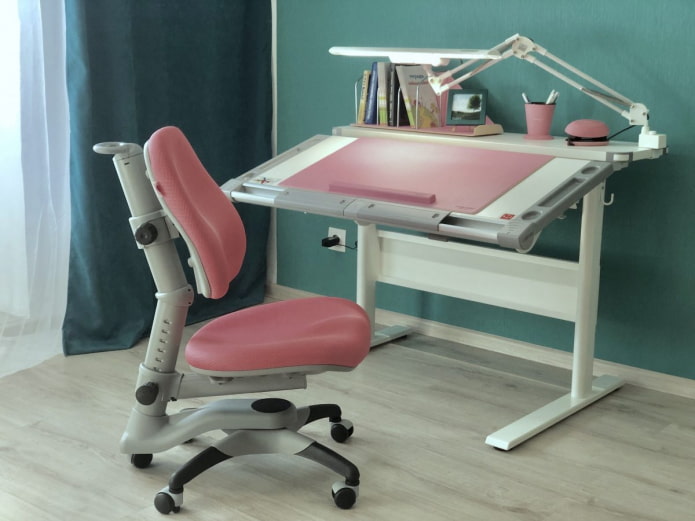
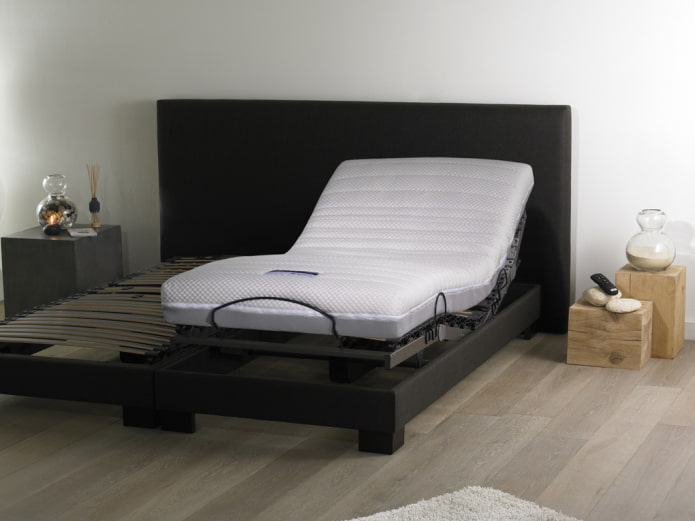
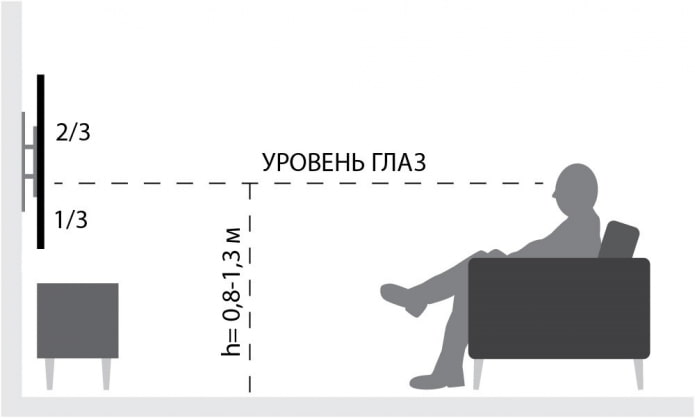
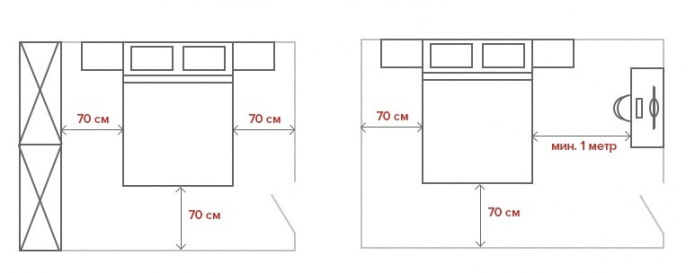
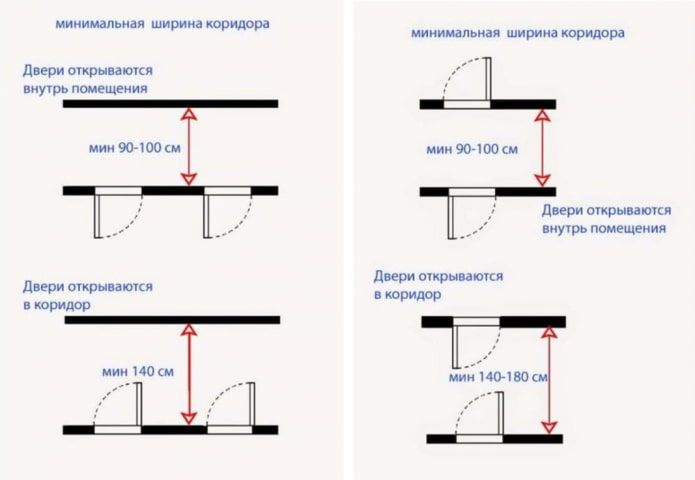
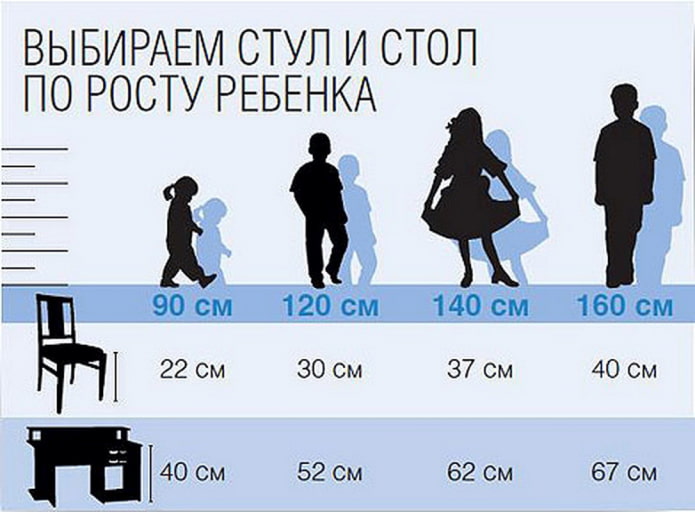

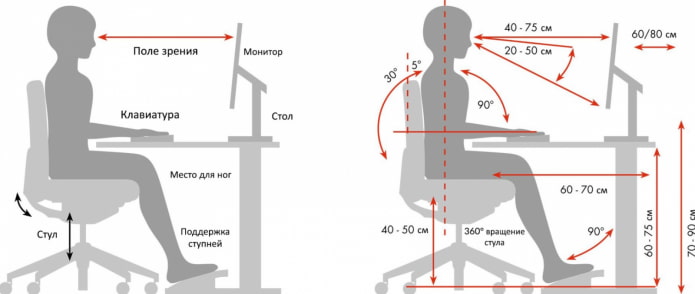
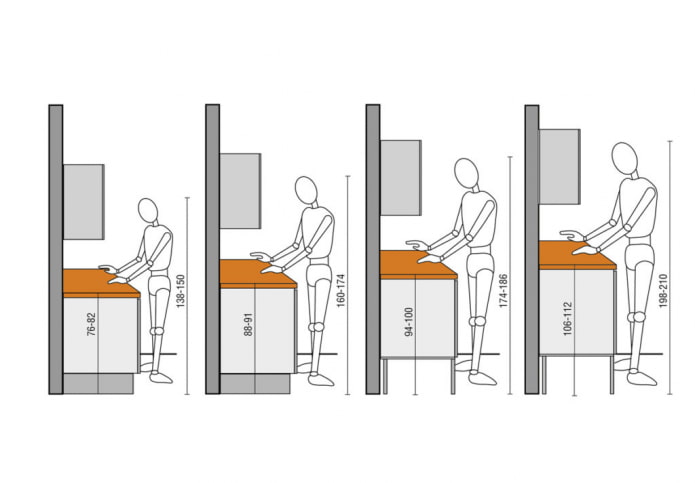
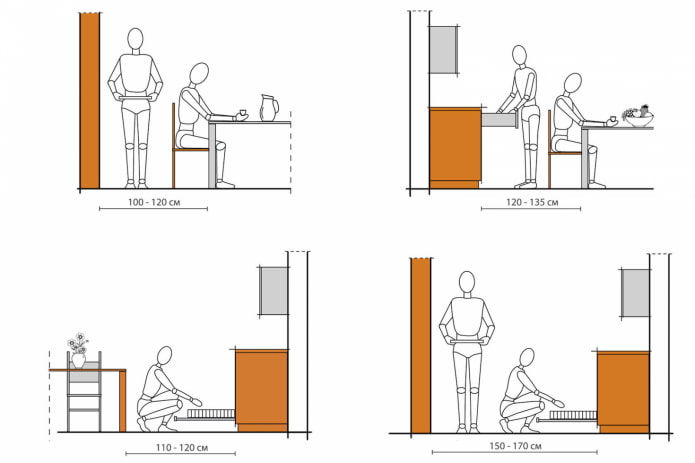
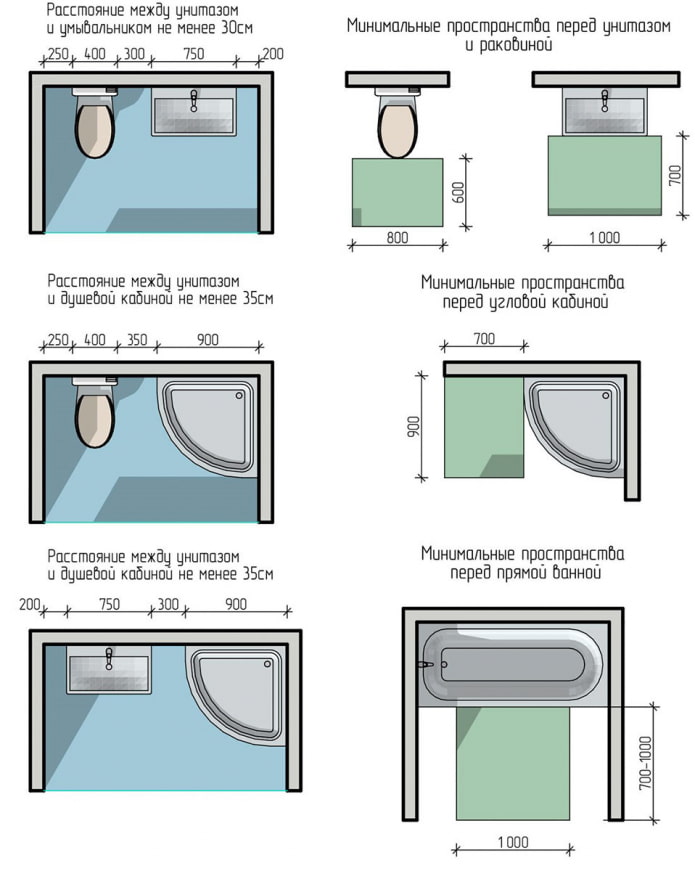
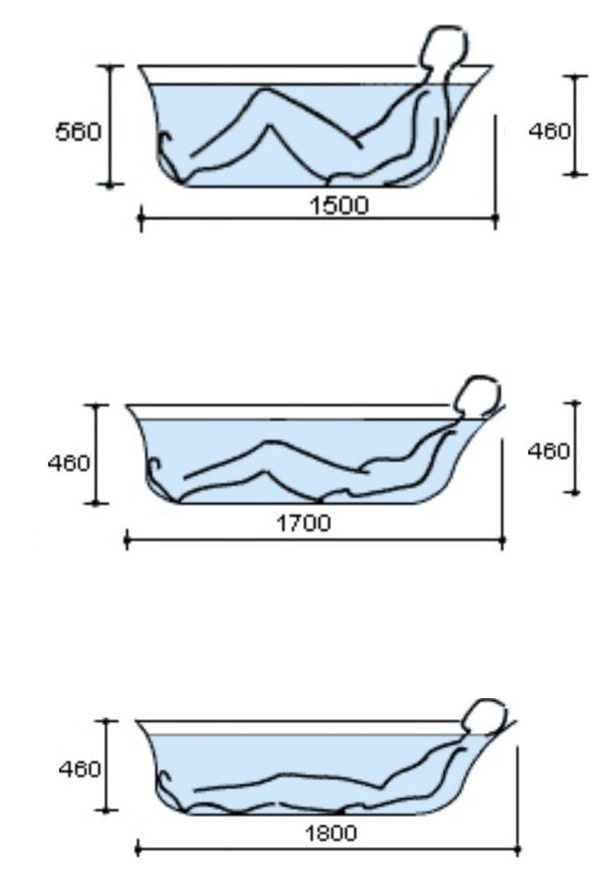
 13 bad habits a good housewife shouldn't have
13 bad habits a good housewife shouldn't have 24/7 home cleanliness - 4 secrets for the perfect housewife
24/7 home cleanliness - 4 secrets for the perfect housewife 6 hotels in Sochi that will give odds to the promoted foreign hotels
6 hotels in Sochi that will give odds to the promoted foreign hotels Top 10 interior design trends 2020
Top 10 interior design trends 2020 Rating of cheap TVs with Smart-TV
Rating of cheap TVs with Smart-TV New Year's LED garlands on AliExpress - we disassemble while it's hot, so that it's bright at home
New Year's LED garlands on AliExpress - we disassemble while it's hot, so that it's bright at home